AVID Pellar, Pulsus, Pellere, and Pulsare II Phono Stages
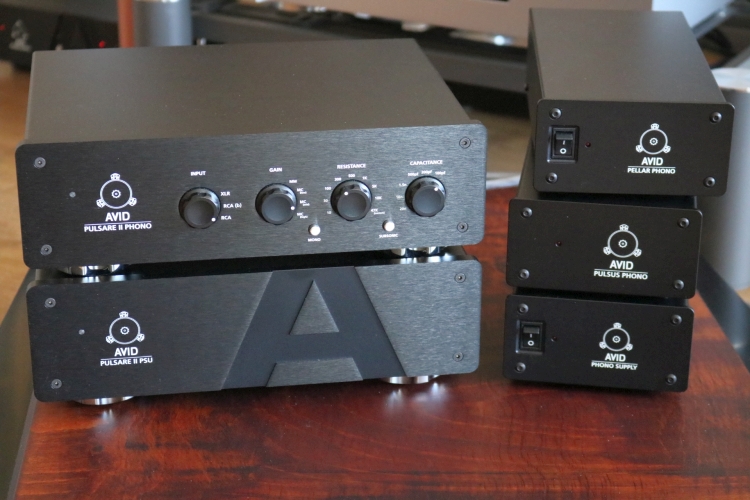
Review samples supplied by Hexagon Audio
Retail prices in the NL including 21% VAT:
Pellar: 990 euro
Pulsus: 2.000 euro
Pellere: 5.500 euro
Pulsare II: 7.700 euro
AVID is widely known for producing superb turntables. What’s probably less well-known is that they also produce a range of phono stages. The technology and engineering involved in the turntable motor power supplies are right at the basis of their phono stages.
The AVID range of phono stages spans four products: the entry-level Pellar and the more advanced Pulsus, the more upscale Pellere, and the top-of-the-range Pulsare II. Reviewed here are the first two products as well as the range-topper. The second-best Pellare unit was not available and is described only in terms of features. All AVID phono stages are designed, manufactured, and tested within their Huntingdon facility in the UK.
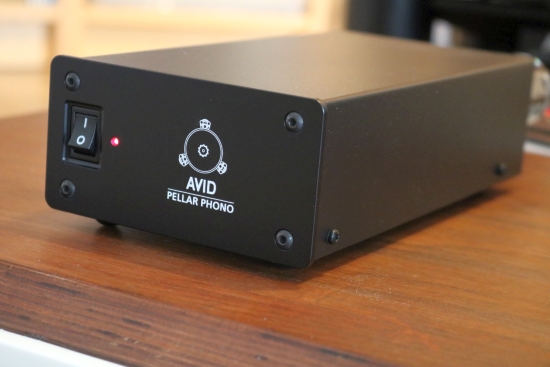
Pellar
The entry-level Pellar is a simple but rugged and comfortingly heavy phono stage with a 24VA Toroidal-based linear regulated power supply built in. Designed to achieve low distortion and lots of headroom, the Pellar is built entirely in-house using mostly discrete components. Granted, as with the vast majority of products out there, the Pellar uses op-amps for amplification but no integrated circuits. Importantly, the RIAA filtering is of the passive kind (using Neumann HF correction) and built using high-end capacitors.
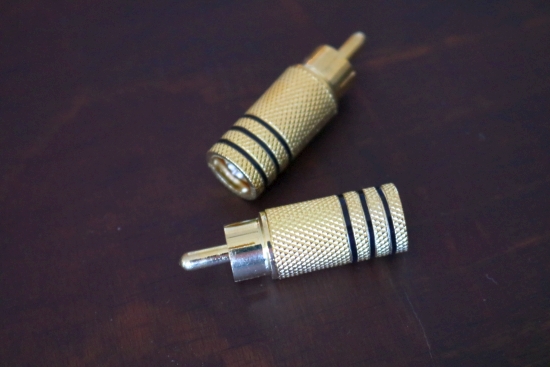
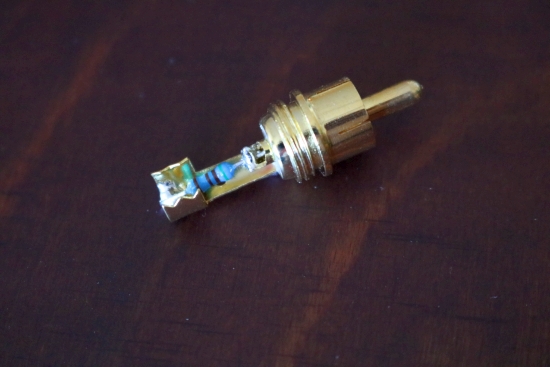
The Pellar has a fixed 47kOhm impedance with 100pf capacitance for MM cartridges and allows the adjustment of MC cartridge loading via two RCA plugs on the rear next to the inputs. Supplied are two 500 Ohm connectors but extras are available at a whopping 77-euro extra cost per pair. I would suggest simply soldering your own. To this end, the user manual is descriptive and contains a lookup table to assist with picking the correct values.
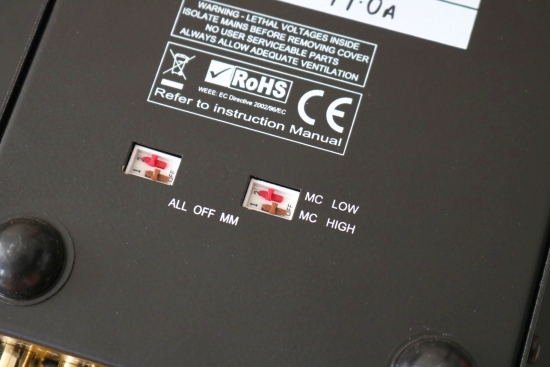
As with nearly all competing products, the remaining settings need to be made using micro-switches that are located on the unit’s bottom. Even though bottom placement is ubiquitous, I would argue that placement on top (and covered by a lid) would be much more ideal and with the main PCB mounted upside-down, not necessarily any more complex to build.
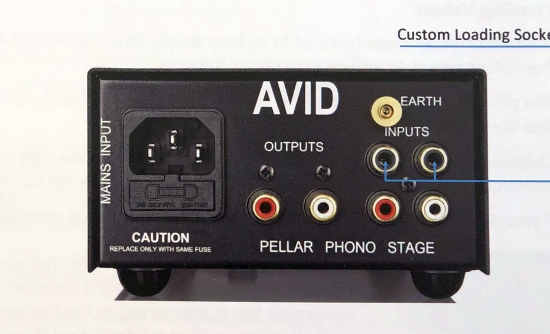
Unlike the picture in my printed manual (above) which probably depicts an earlier model, the channel input and loading terminals on the physical unit are confusingly not color-coded, as can be seen below.
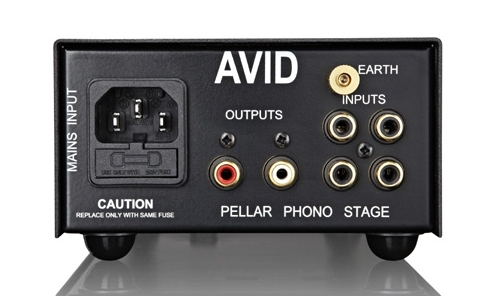
The online manual mentions that the channel inputs should mirror the output connections and that the lower sockets are for the turntable and the upper sockets for the loading plugs, as seen below.
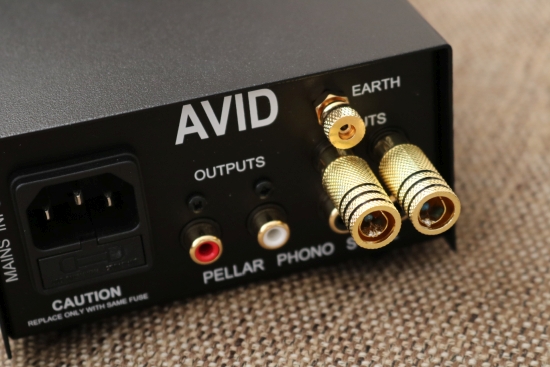
The unit can be switched between MM (48dB gain) and MC and then between low gain (60dB) and high gain (70dB). The location on the bottom is inconvenient but for the majority of customers it’s likely a one-time setting and it is the most cost-effective solution. What I cannot understand, however, is that the descriptions are printed such that they can only be read when viewing the product from the rear which, I suspect, is not how most people would access this.
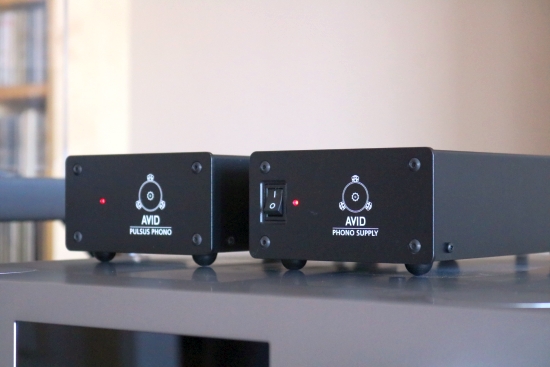
Pulsus
With the same look, finish, and dimensions and with some similarities inside, at first glance, the Pulsus seems to be based on the Pellar but with the power supply built into a separate enclosure. The power supply chassis is of the same quality and has the same dimensions as the main chassis and contains a powerful toroidal transformer (upped to 35VA) and linear rectification. Like the Pellar, the Pulsus uses op-amps for amplification but no integrated circuits and the RIAA filtering is of the passive kind (using Neumann HF correction) which is built using high-end capacitors.
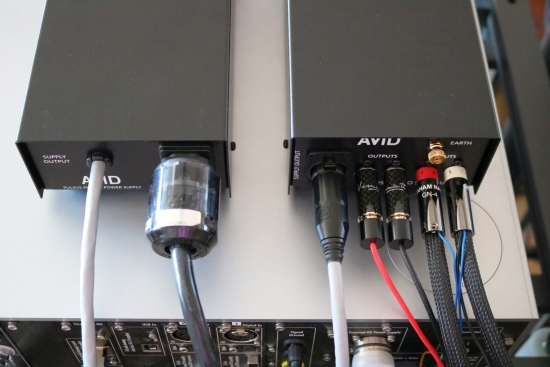
Upon a closer look, the Pulsus distinguishes itself from the Pellar by having significantly more flexibility in terms of available settings for capacitance- and resistance loading. The Gain can be set to 48dB, 60dB, and 70dB and the Resistance loading can be set to 100R, 300R, 500R, 1k, 5k, 10k, and 47k. Capacitance, finally, can be set to 100pf, 200pf, and 500pf.
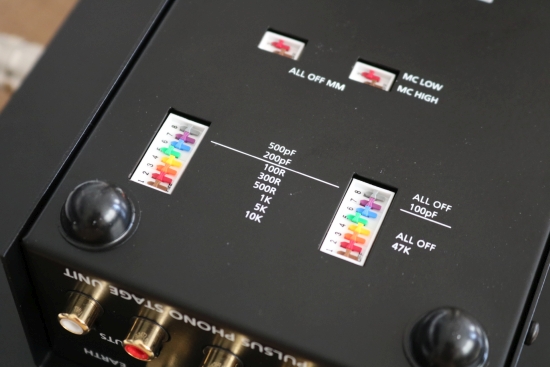
Alas, the micro-switches for all these settings are on the bottom and the descriptive text is printed in reverse so that it is legible only when viewing the product from the rear. Thus, unless one has ample access behind the audio system, simply flipping the unit upside down is not enough, one needs to rotate it in all directions. Then again, for most customers, this will be a one-time setting.
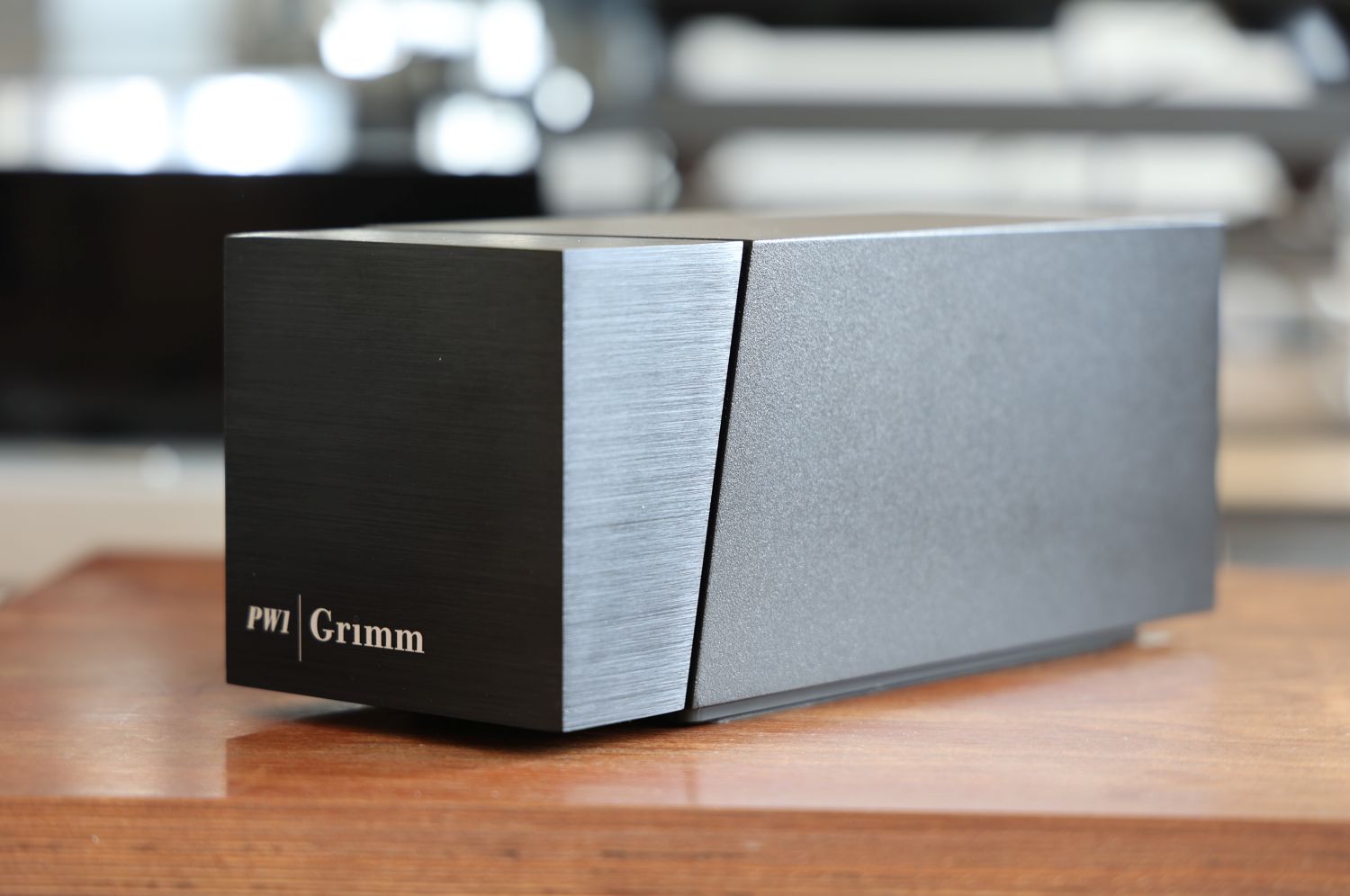
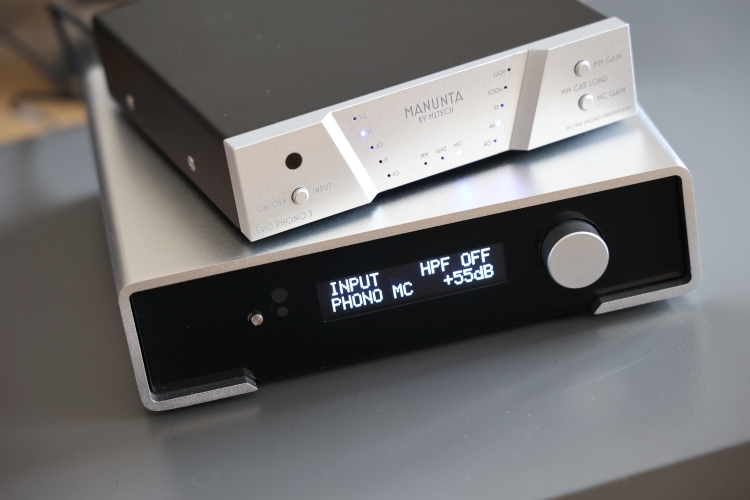
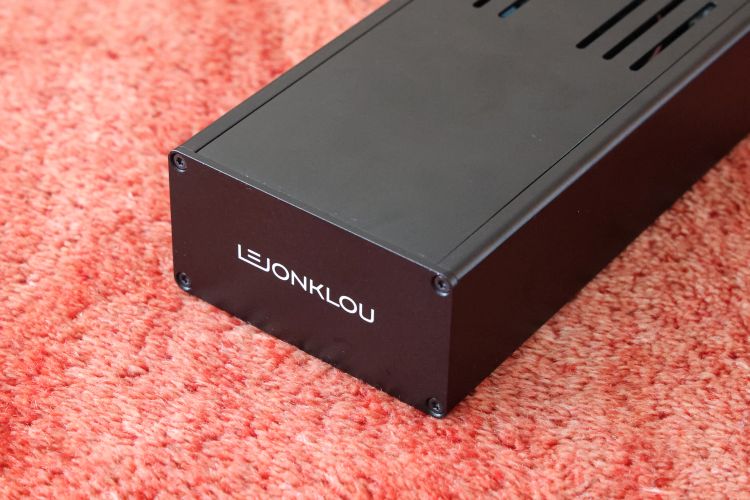
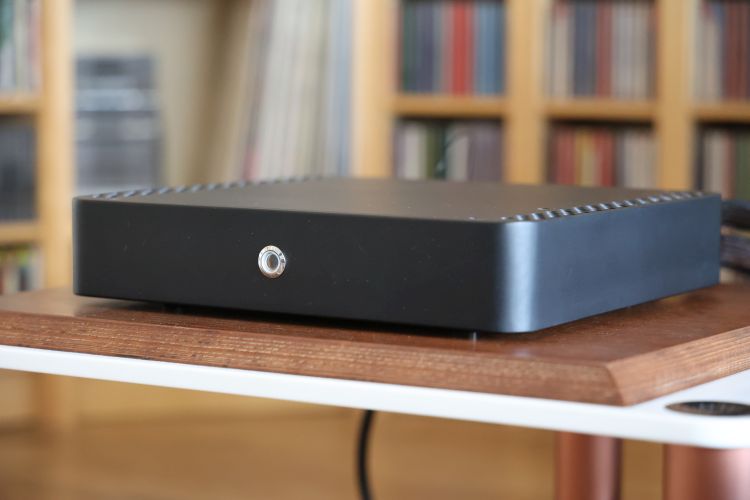
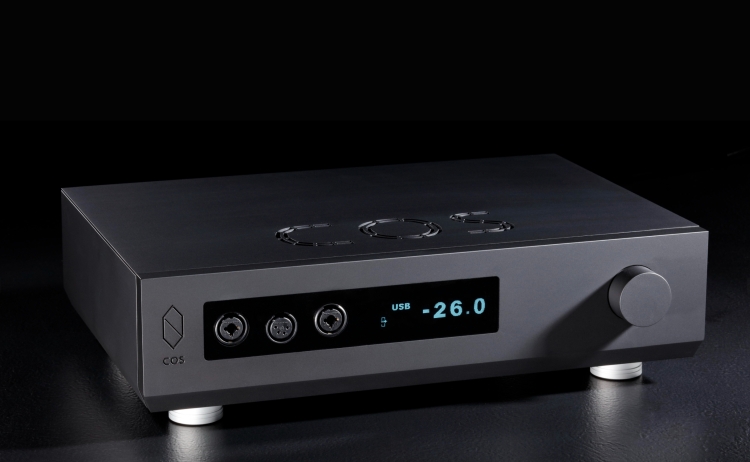
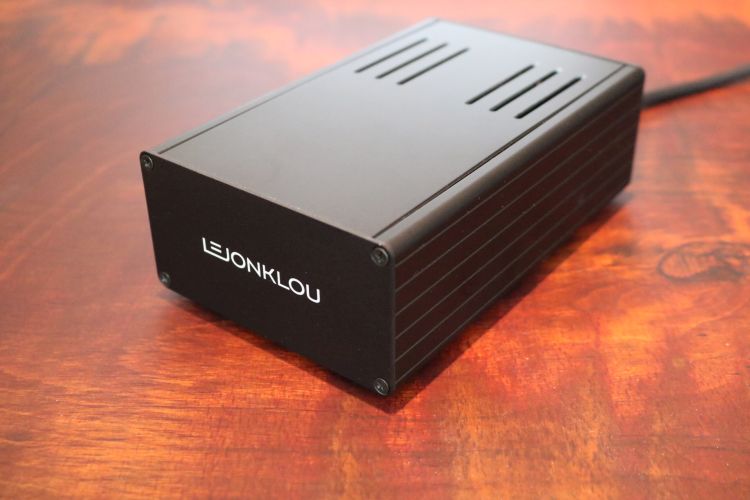
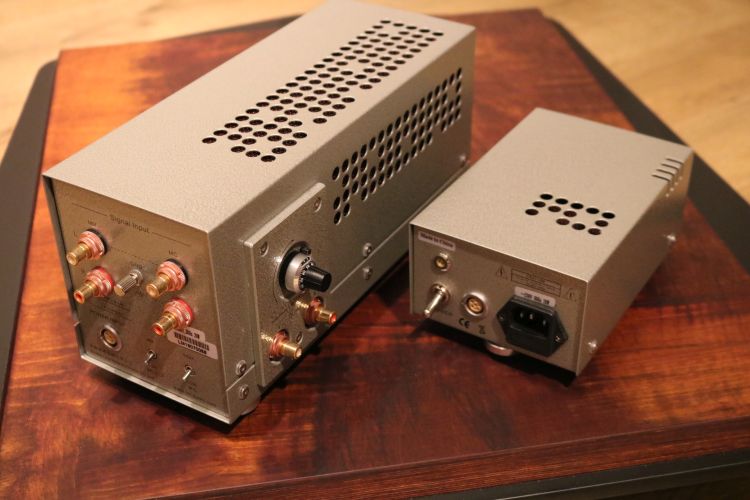
Hi. Thanks for this review, very informative and loved your style.
I have just heard about the Pellar (or Avid) and would be curious to try – also as might have found a used one going very cheap but… I have a Technics TT and vintage-ish Marantz pm7200 amp. I like emotional and involving (hence the Marantz with Class A) but also because of this, wouldn’t mind a revealing and detailed phono.
You mentioned in the Pellar’s price range there might be more revealing, more linear, and more nuance. Any suggestions from your “sound travels” of one that can be both revealing and involving? I heard great things about the Spartan 20 and Pro – have you had a chance to audition them?
Thanks!
Thanks, Enrico. Alas, I have not heard any of Michael Fidler’s equipment. But following my relatively limited phono stage adventures, given what you are after, I can recommend looking at Manunta and M2Tech. Please see my reviews for more details.